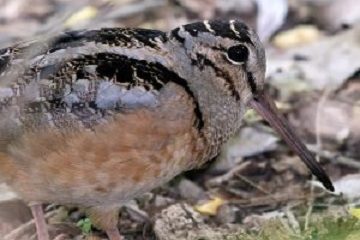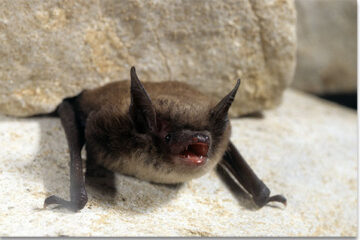Red Fox
Vulpes vulpes
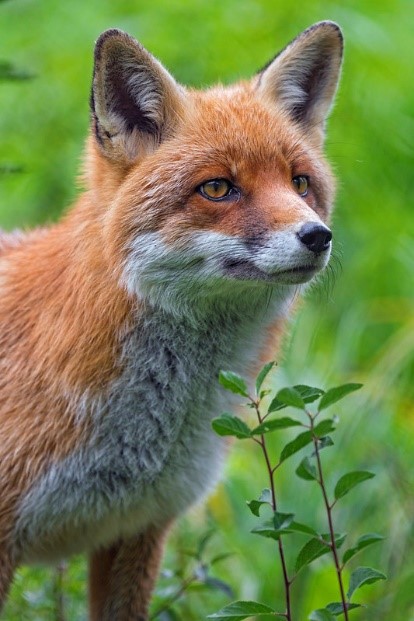
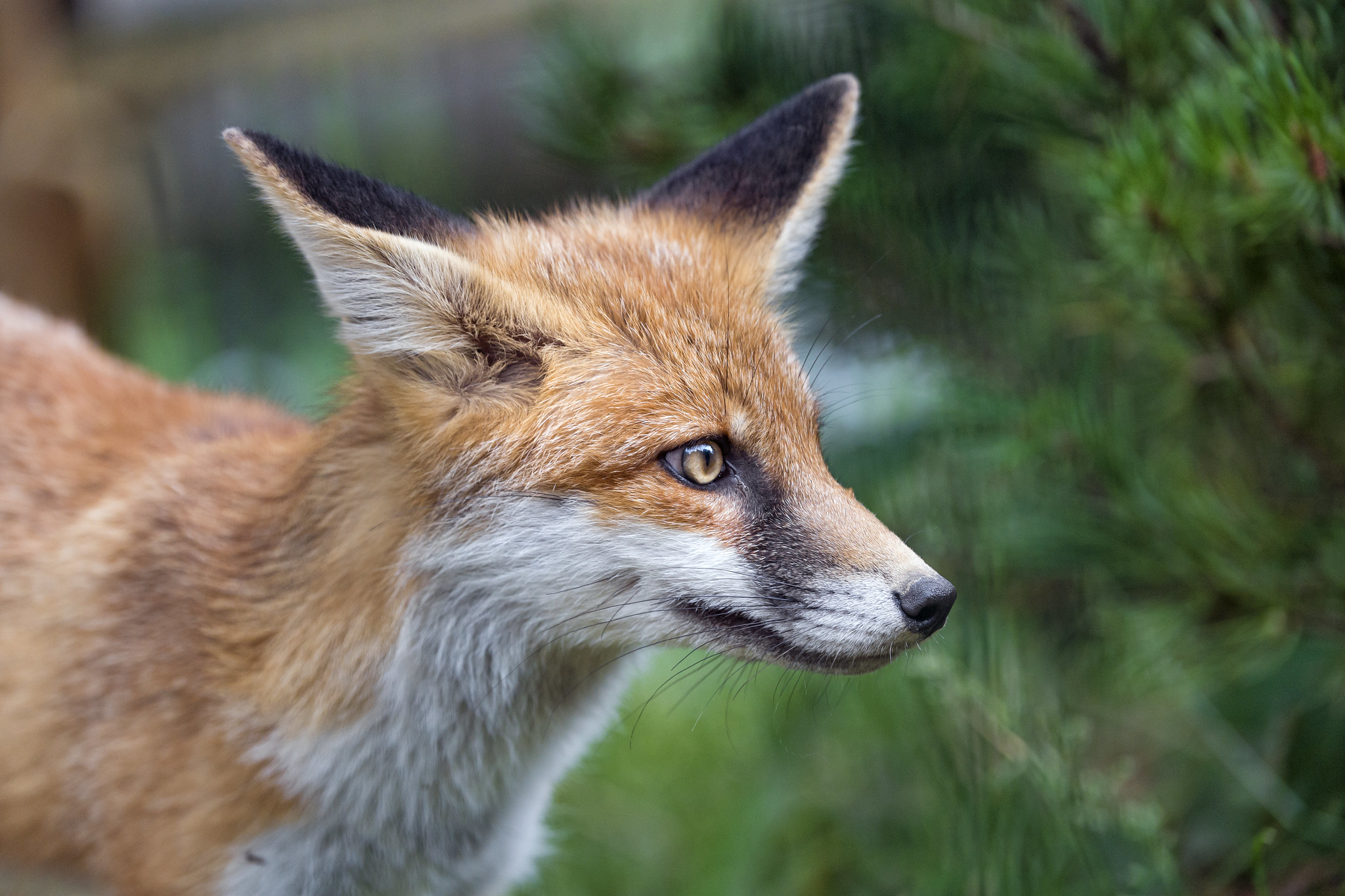 Habitat: Red Foxes have the widest range of all the canine species. They can be found from the Arctic circle to Central America, northern Africa, and the steppes of central Asia. They were also introduced to Australia. Red foxes inhabit a variety of different types of ecosystems; prairies, meadows, deserts, forest, tundra, mountains, farmland and urban areas.
Habitat: Red Foxes have the widest range of all the canine species. They can be found from the Arctic circle to Central America, northern Africa, and the steppes of central Asia. They were also introduced to Australia. Red foxes inhabit a variety of different types of ecosystems; prairies, meadows, deserts, forest, tundra, mountains, farmland and urban areas.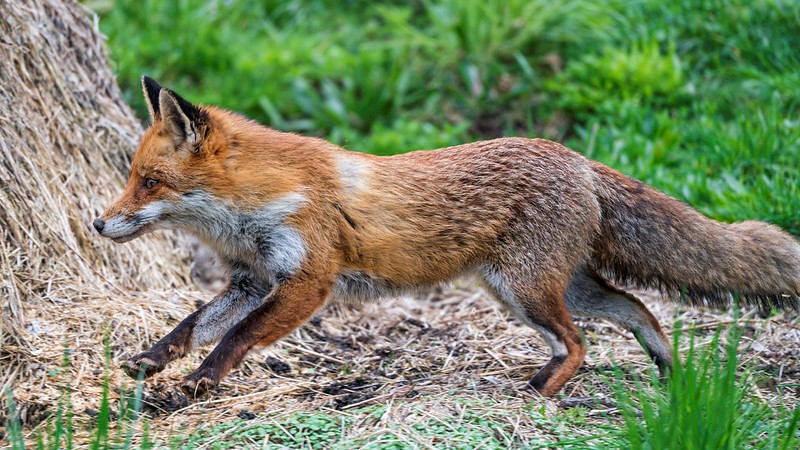
Food: Omnivorous feeders, Red Foxes eat mostly rodents, rabbits, insects, and fruit. They will also eat reptiles, birds, carrion and small mammals. In urban and suburban areas, Red Foxes also feed on human trash.
Behavior: Unlike wolves, who form packs, Red Foxes are solitary. They hunt alone after dark, early morning or dusk. They are territorial and defend a home range of between 2 to 7 square miles.
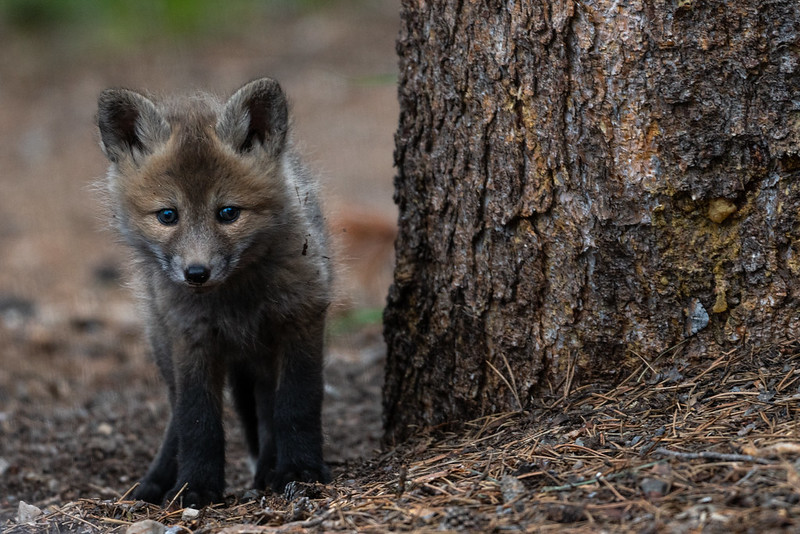 Life Cycle: In New Jersey Red Foxes breed in January thru February. While the female (vixen) stays in the den the male (dog) brings her food. He will stay with the family to help care for the pups until the fall. The pups are born blind in early spring. There could be as many as 13 in the litter, but the average number of pups is 5. They are able to leave the den within 4 to 5 weeks, and within 8 to 10 weeks Red Fox pups are fully weaned. In the fall the young foxes disperse. In the wild a Red Fox will live, on average, 3 years. Lifespan in captivity is as high as 12 years.
Life Cycle: In New Jersey Red Foxes breed in January thru February. While the female (vixen) stays in the den the male (dog) brings her food. He will stay with the family to help care for the pups until the fall. The pups are born blind in early spring. There could be as many as 13 in the litter, but the average number of pups is 5. They are able to leave the den within 4 to 5 weeks, and within 8 to 10 weeks Red Fox pups are fully weaned. In the fall the young foxes disperse. In the wild a Red Fox will live, on average, 3 years. Lifespan in captivity is as high as 12 years.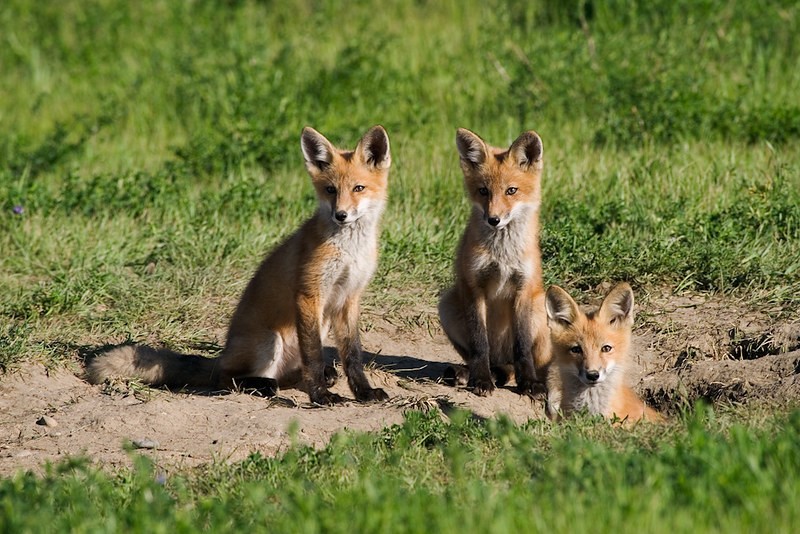
Conservation: Populations of Red Fox are stable.
Interesting Facts: Red Foxes are known to store their food, and have an uncanny ability to remember where their storage supplies are hidden.
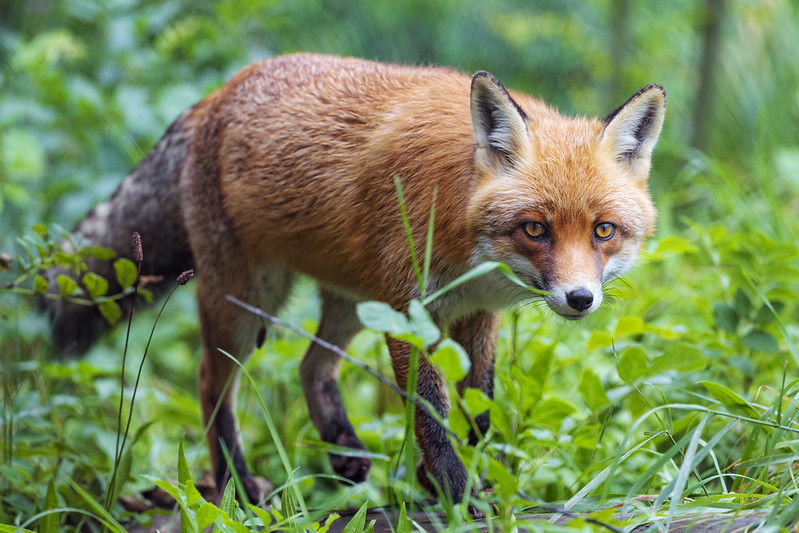 Credits/Resources:
Credits/Resources:
https://www.state.nj.us/dep/fgw/speciesinfo_fox.htm
https://www.nj.com/hunterdon-county-democrat/2013/09/new_jersey_wildlife_foxes_the.html
http://www.biokids.umich.edu/critters/Vulpes_vulpes/
Please share any questions, comments, or photos that you and your child have on the Raritan Headwaters Learning Community Facebook Page!
More Raritan Headwaters Learning Resources

